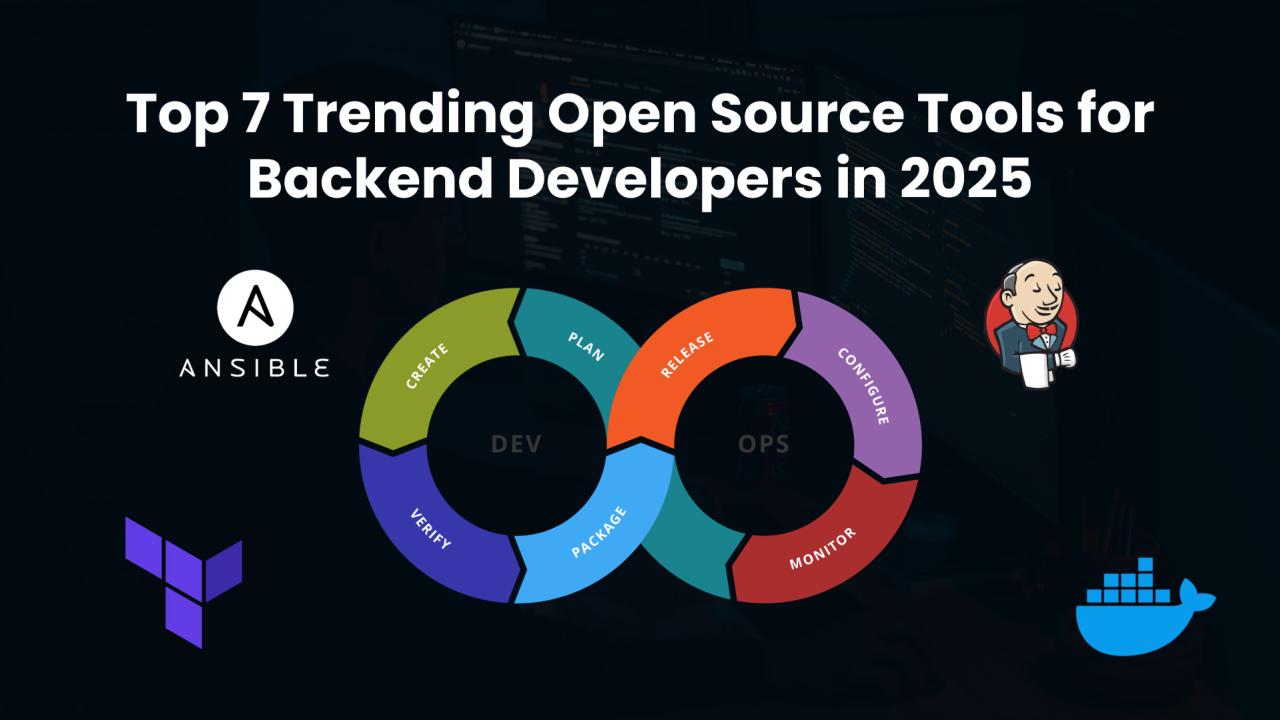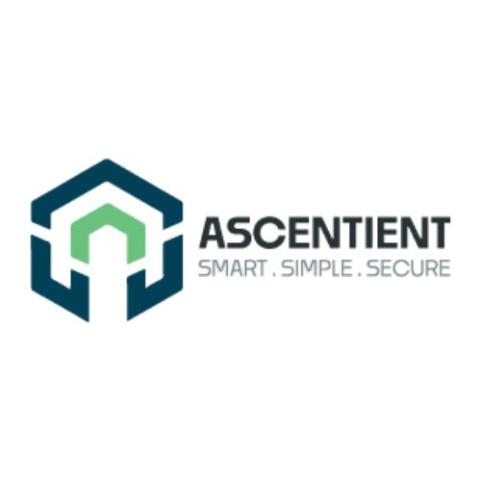The world of backend development is evolving rapidly, and open-source tools are at the forefront of this transformation. In 2025, backend developers are leveraging a variety of powerful open-source solutions to build scalable, secure, and efficient applications. This blog explores the top 7 trending open-source tools that every backend developer should consider using in 2025.
1. Node.js
What is Node.js?
Node.js is a popular open-source, cross-platform JavaScript runtime environment that allows developers to build server-side and scalable network applications. With its non-blocking, event-driven architecture, Node.js is ideal for building real-time applications.
Key Features:
Asynchronous and Event-Driven: Handles multiple requests simultaneously without blocking the execution.
Fast Execution: Built on Google Chrome’s V8 JavaScript engine for high performance.
Rich Ecosystem: The npm (Node Package Manager) hosts over a million packages to extend functionality.
Why It’s Trending in 2025:
Node.js continues to dominate backend development due to its ability to power dynamic applications like chatbots, real-time collaboration tools, and microservices architectures.
Use Cases:
Real-time chat applications.
RESTful APIs.
Serverless architectures.
2. Django
What is Django?
Django is a high-level Python web framework that encourages rapid development and clean, pragmatic design. Known for its "batteries-included" philosophy, Django simplifies many tasks that backend developers face.
Key Features:
ORM (Object-Relational Mapping): Simplifies database queries and interactions.
Built-in Admin Interface: Speeds up backend management.
Security: Protects against common vulnerabilities like SQL injection and cross-site scripting.
Why It’s Trending in 2025:
Django’s versatility and ease of use make it a go-to choice for startups and enterprises alike. Its active community and consistent updates keep it relevant.
Use Cases:
Content management systems (CMS).
E-commerce platforms.
Social media applications.
3. Spring Boot
What is Spring Boot?
Spring Boot is an open-source Java-based framework that simplifies the development of production-ready applications. It reduces boilerplate code and provides a suite of tools to build robust applications quickly.
Key Features:
Microservices-Friendly: Ideal for building and deploying microservices.
Auto-Configuration: Automatically configures your application based on dependencies.
Embedded Servers: Includes Tomcat, Jetty, and Undertow for seamless deployments.
Why It’s Trending in 2025:
As microservices architecture gains traction, Spring Boot’s ability to streamline Java development makes it a favorite among backend developers.
Use Cases:
Banking and financial services.
Enterprise-grade applications.
API development.
4. FastAPI
What is FastAPI?
FastAPI is a modern, fast (high-performance) web framework for building APIs with Python. It is built on standard Python type hints, which makes it easy to write, test, and maintain.
Key Features:
Automatic Documentation: Swagger UI and ReDoc integration for API documentation.
High Performance: Comparable to Node.js and Go.
Asynchronous Capabilities: Built on ASGI (Asynchronous Server Gateway Interface).
Why It’s Trending in 2025:
With the rise of AI and machine learning integration in applications, FastAPI’s simplicity and speed make it the go-to choice for API development.
Use Cases:
Machine learning model deployment.
High-performance APIs.
Real-time data processing.
5. Redis
What is Redis?
Redis is an open-source, in-memory data structure store that can be used as a database, cache, and message broker. It supports a variety of data structures such as strings, hashes, lists, and sets.
Key Features:
Blazing Fast Performance: Processes millions of requests per second.
Persistence Options: Offers snapshotting and append-only file (AOF) for data durability.
Pub/Sub Messaging: Enables real-time communication between services.
Why It’s Trending in 2025:
Redis is essential for applications that require low-latency data access and high throughput, making it a staple for modern backend architectures.
Use Cases:
Caching.
Session storage.
Real-time analytics.
6. GraphQL
What is GraphQL?
GraphQL is an open-source query language for APIs and a runtime for executing those queries. Developed by Facebook, it allows clients to request exactly the data they need, minimizing over-fetching and under-fetching.
Key Features:
Flexible Queries: Clients can specify the exact data structure they want.
Real-Time Updates: Supports subscriptions for live updates.
Language-Agnostic: Works with any programming language.
Why It’s Trending in 2025:
GraphQL’s ability to optimize data retrieval and streamline API interactions keeps it a popular choice among backend developers.
Use Cases:
Mobile and web applications.
Data-intensive applications.
Real-time dashboards.
7. Docker
What is Docker?
Docker is an open-source platform that automates the deployment of applications in lightweight, portable containers. It allows developers to package their applications along with dependencies to ensure consistency across environments.
Key Features:
Containerization: Encapsulates applications and their dependencies.
Cross-Platform Compatibility: Runs seamlessly across various operating systems.
Efficient Resource Utilization: Optimizes system resources for scalability.
Why It’s Trending in 2025:
As DevOps and CI/CD pipelines become industry standards, Docker’s role in ensuring seamless deployments makes it indispensable.
Use Cases:
Microservices deployment.
DevOps workflows.
Testing and staging environments.
Final Thoughts
In 2025, backend development continues to be shaped by innovative open-source tools. From frameworks like Node.js and Django to infrastructure solutions like Docker and Redis, these tools empower developers to create scalable, efficient, and secure applications. By leveraging these trending tools, backend developers can stay ahead of the curve and meet the demands of modern application development.
Whitelotus Corporation, a leading name in software development, emphasizes the importance of these tools in driving technological advancement. Start exploring these tools today and revolutionize your backend development workflows for the future.













